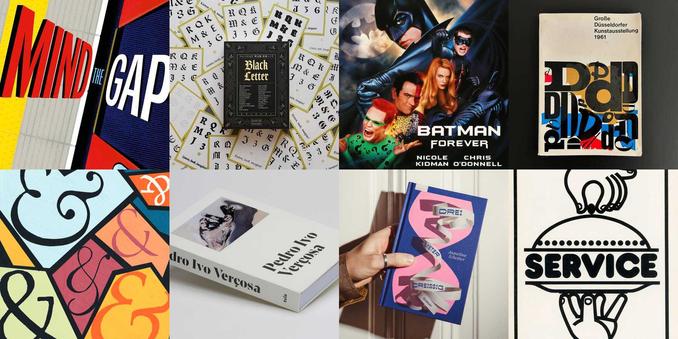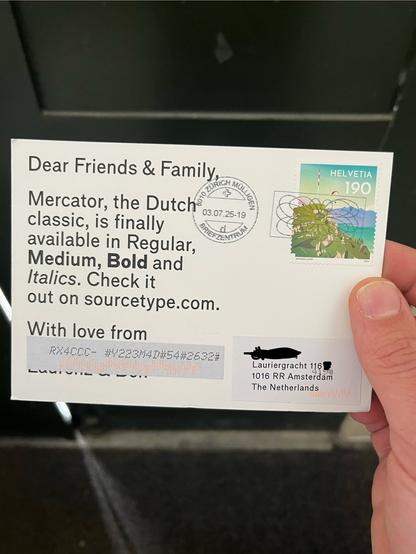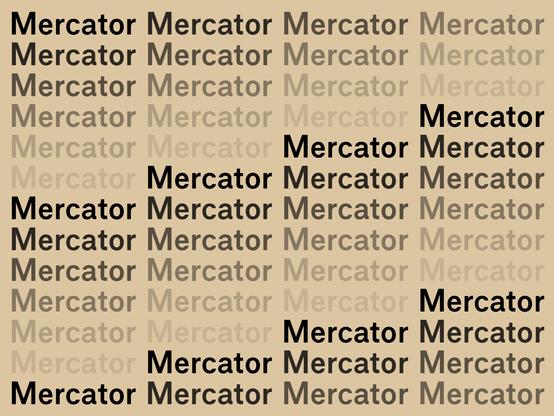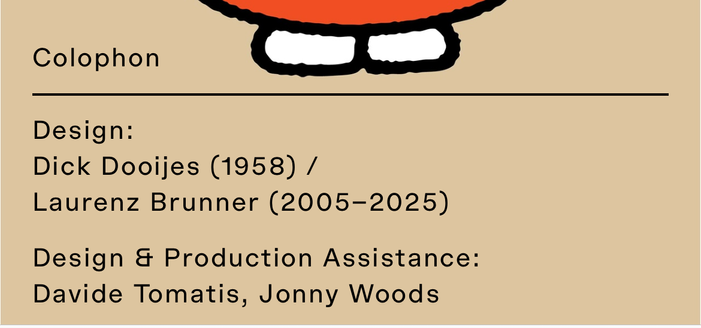Doing research for an article I had to compile this list, and friends, it sent shivers down my spine.
Linotype, 2006; China Type, 2006; Ascender Corp., 2010; Bistream, 2012; FontShop / FontFont Library, 2014; URW, 2020; FontSmith, 2020; Hoefler & Co., 2021; Berthold, 2022; Milieu Grotesque, 2023; Fontworks, 2023; 39 typeface families by David Berlow from the FontBureau Library, 2023; Colophon Foundry, 2023; SharpType library, 2024; DSType library, 2024.
Crass seeing em all together like this.




